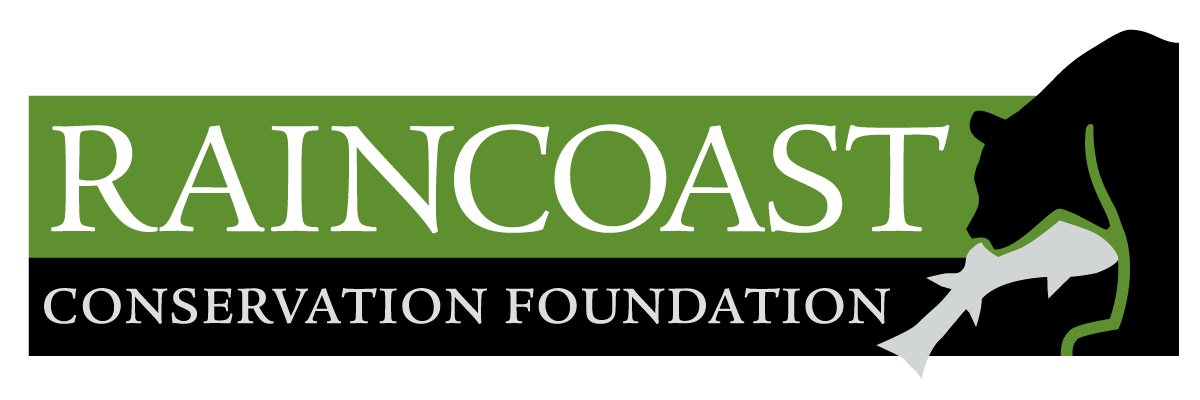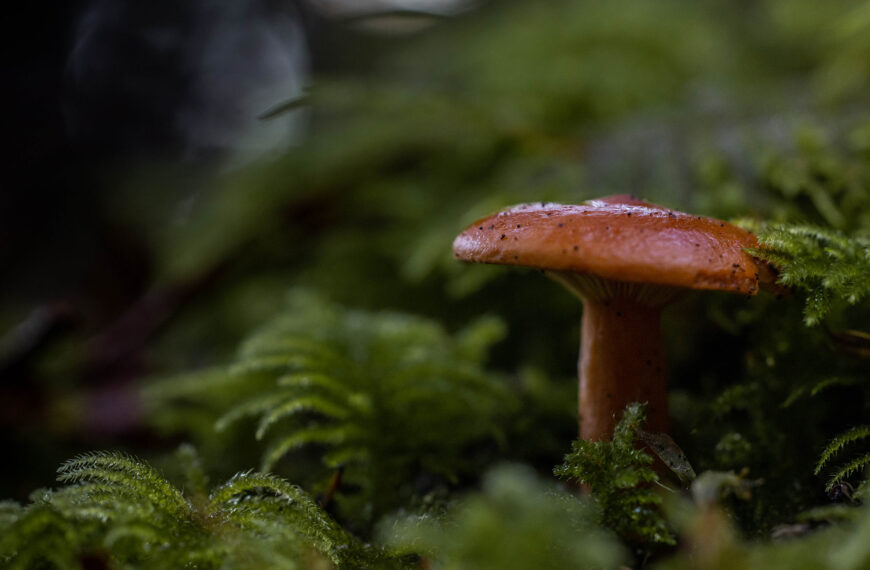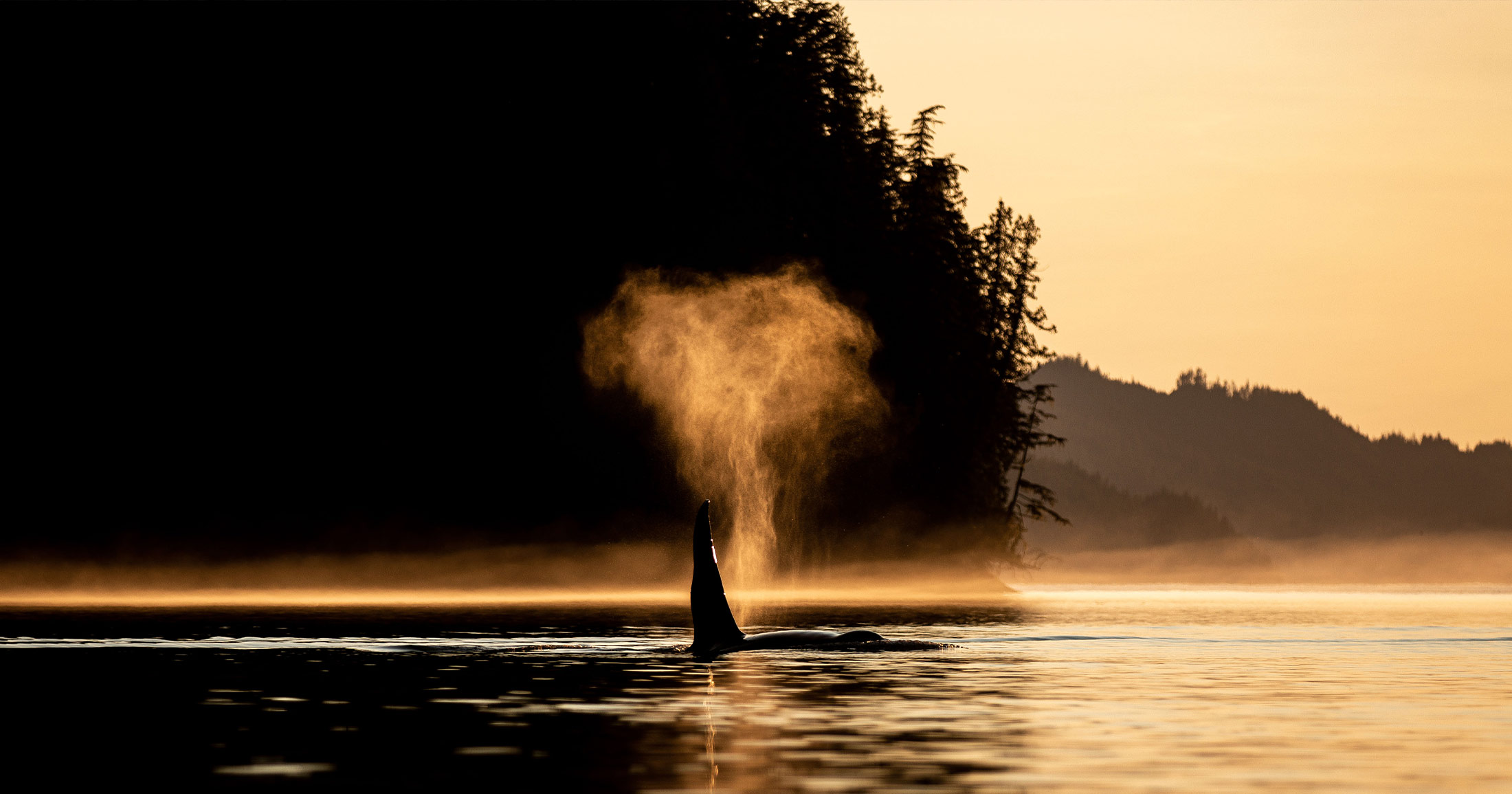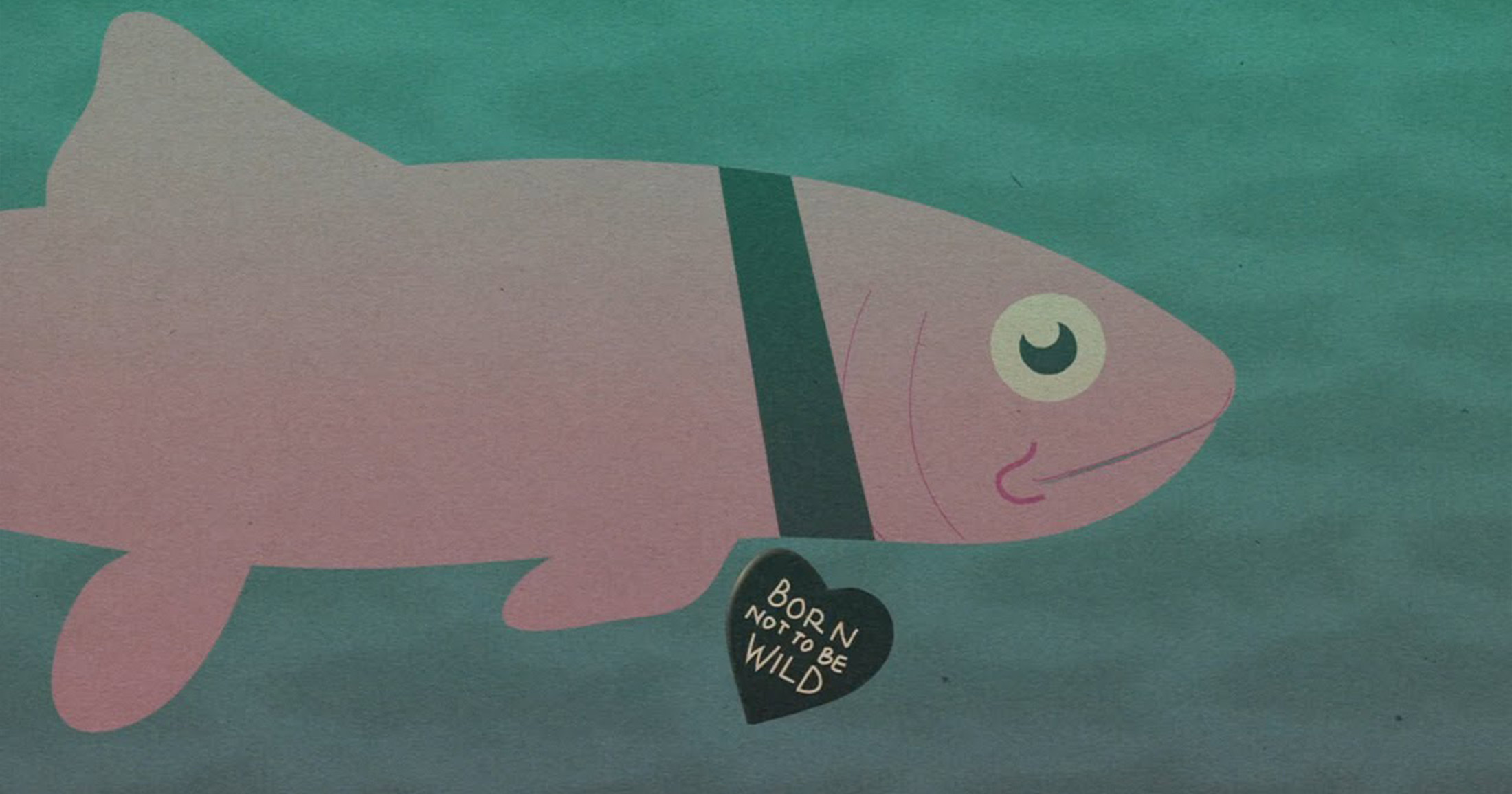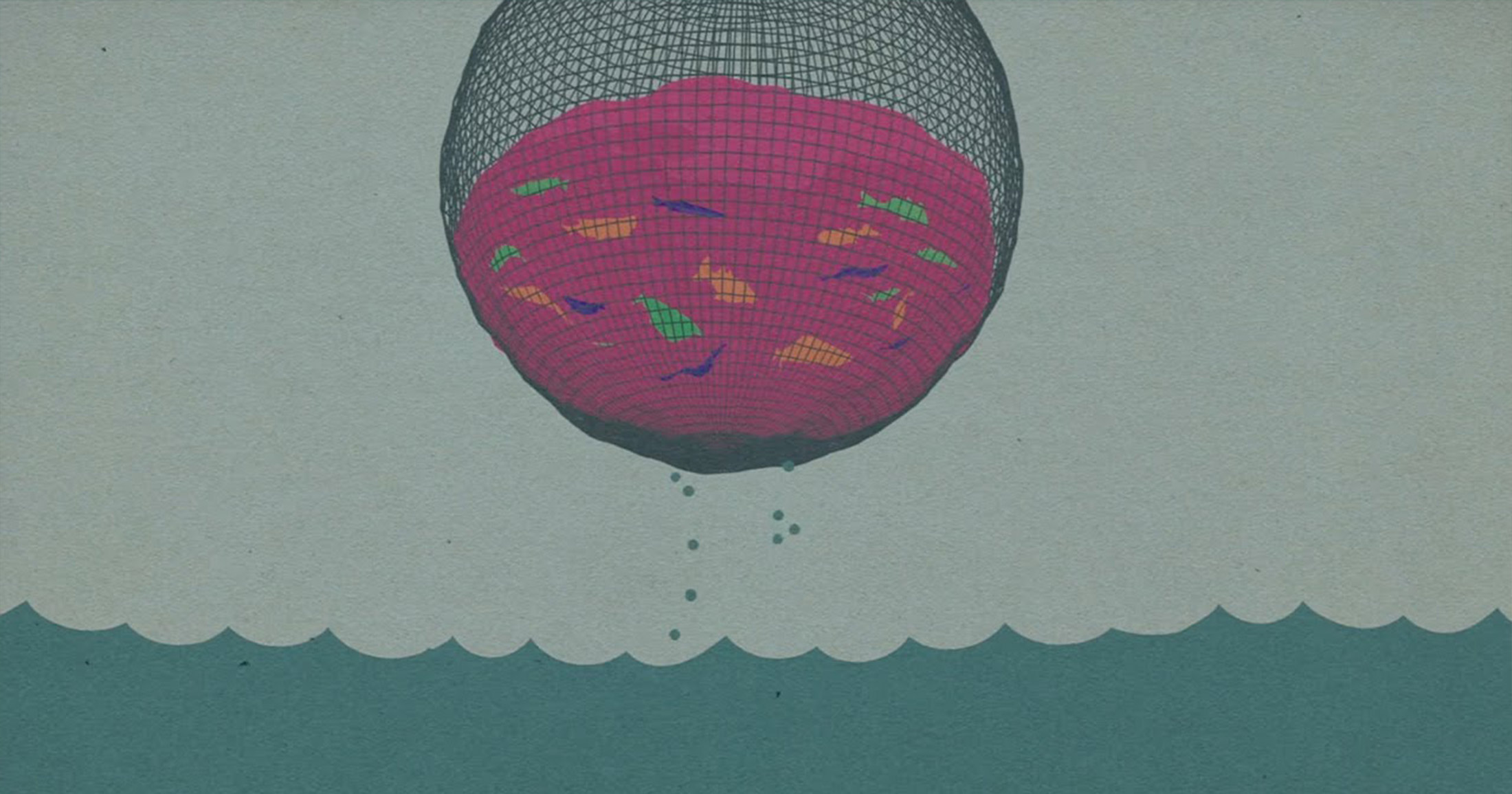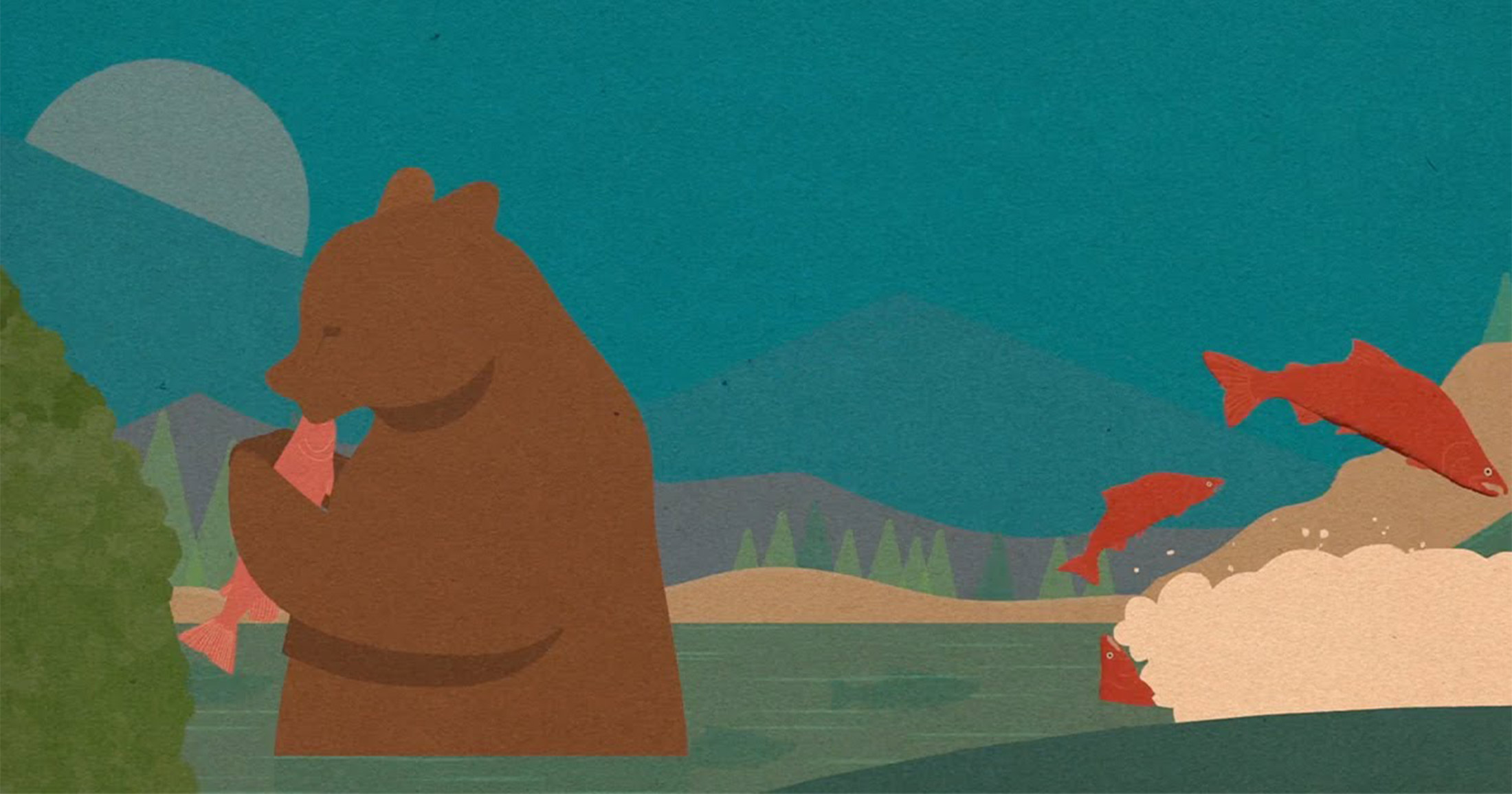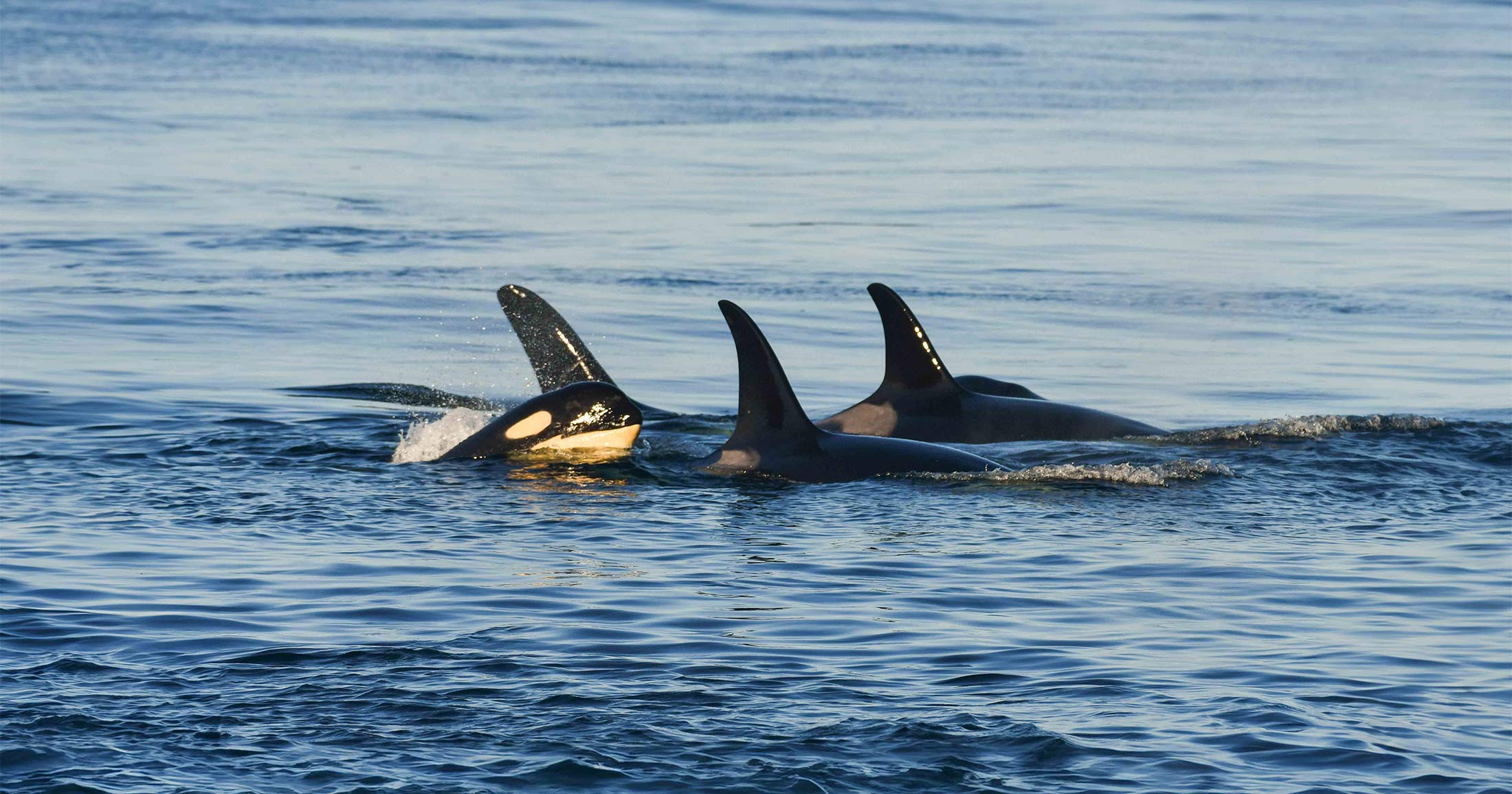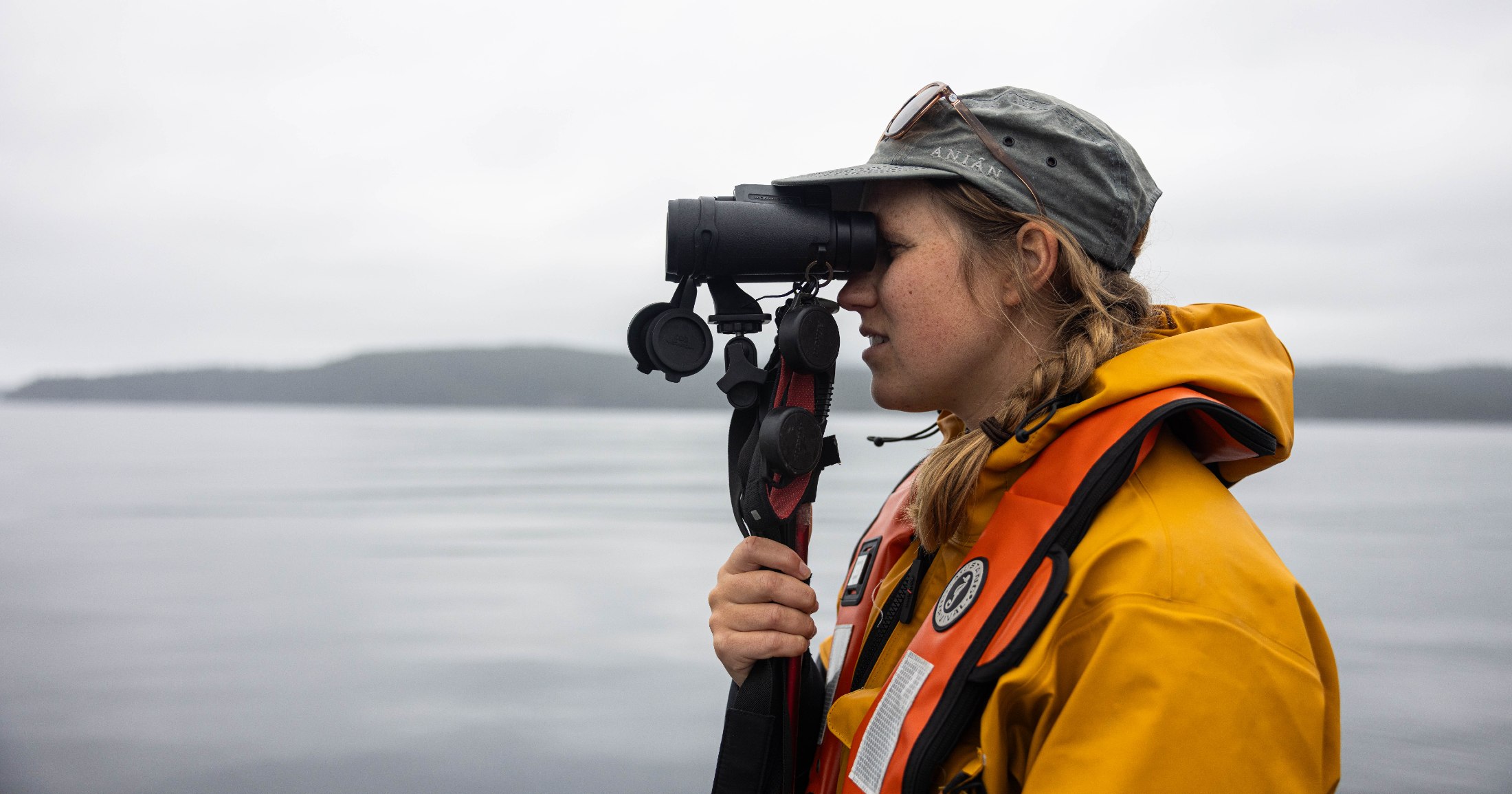What Comes Around, Goes Around
 As I set out, at first all I hear are the drips from my paddle as I enter a secluded lagoon. After several hundred strokes,however, their howls begin to echo along the rolling hills on either side of me. I’m searching for signs of the elusive coastal wolf near an estuary sheltered from the powerful Pacific swell that batters the outer islands along BC’s central coast.
As I set out, at first all I hear are the drips from my paddle as I enter a secluded lagoon. After several hundred strokes,however, their howls begin to echo along the rolling hills on either side of me. I’m searching for signs of the elusive coastal wolf near an estuary sheltered from the powerful Pacific swell that batters the outer islands along BC’s central coast.
This season, the Raincoast Conservation’s Wolf Project is continuing its tradition of innovative non-invasive research. We are investigating the unexplored realm of infectious disease in wolves and other carnivores of the Great Bear Rainforest. Ironically, disease is an important component of healthy ecosystems: the “life and death dance” between pathogen and hosts drives evolutionary adaptation and genetic diversity. This interplay is easily disrupted by our actions, however, and mounting evidence suggests, for example, that increasing levels of marine toxins, encroaching industrial practices and even global warming can significantly compromise wildlife immune systems. This leaves them vulnerable to fatal infections or exposes them to emerging diseases for which they have little defense.
Back in the lagoon my canoe glides through water like a mirror, leaving a swirling pallet of sky and forest in its wake. On shore, wolf tracks and a fresh scat welcome me – an exciting find for a wolf researcher! Where they sit at the top of the food web, carnivores are excellent indicators of local disease dynamics. Wolf droppings contain traces of parasites and other infectious agents. They are, in effect, the animal’s bill of health.
As I collect a sample, a startled goose flushes out of the tall grass. Its presence reminds me of the importance of our work. This seemingly isolated ecosystem is interconnected with the rest of the world, and migratory birds like this goose are potential carriers of new strains of infectious diseases from agricultural and other sources across the globe, some of which may be lethal to the Great Bear Rainforest’s native species. It is critical that we catalogue and map these threats now so we can develop an accurate picture for planning a future where howls can forever enchant the wild Pacific coast.
Nathan DeBruyn
Rainforest Wolf Crew
From a wind-swept outer island on BC’s central coast
July 2005
Support our mobile lab, Tracker!
Our new mobile lab will enable the Healthy Waters Program to deliver capacity, learning, and training to watershed-based communities. We need your support to convert the vehicle and equip it with lab instrumentation. This will allow us to deliver insight into pollutants of concern in local watersheds, and contribute to solution-oriented practices that protect and restore fish habitat.

